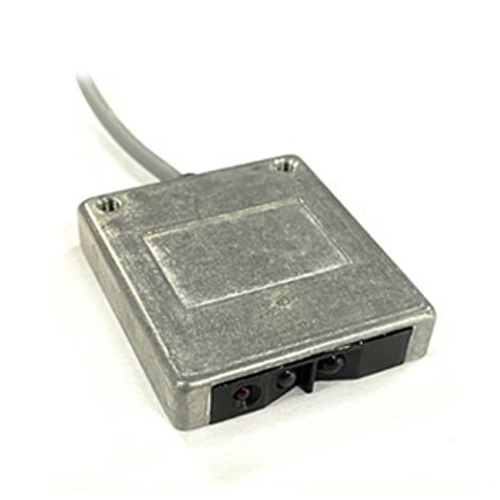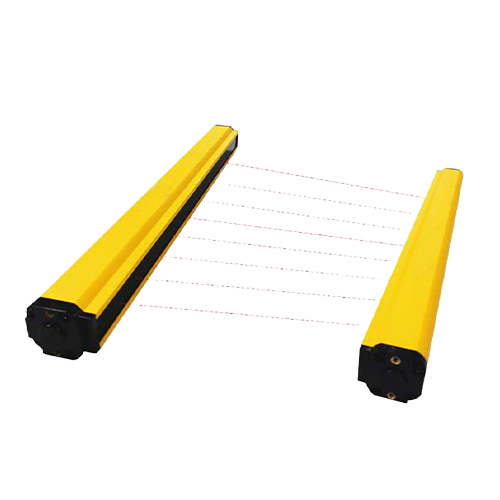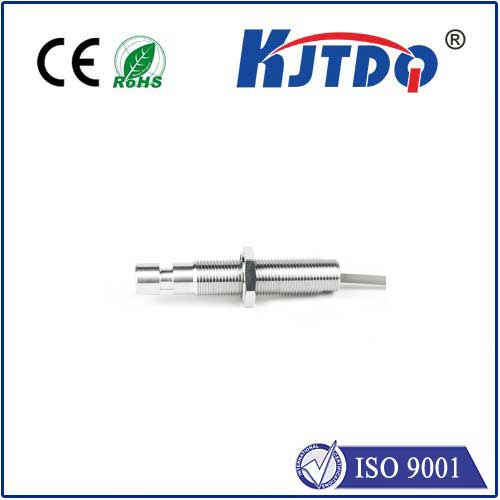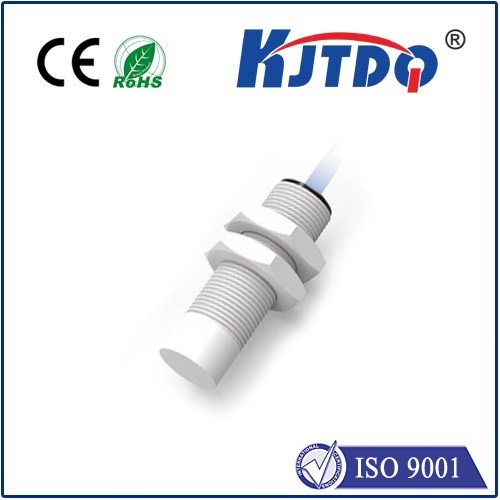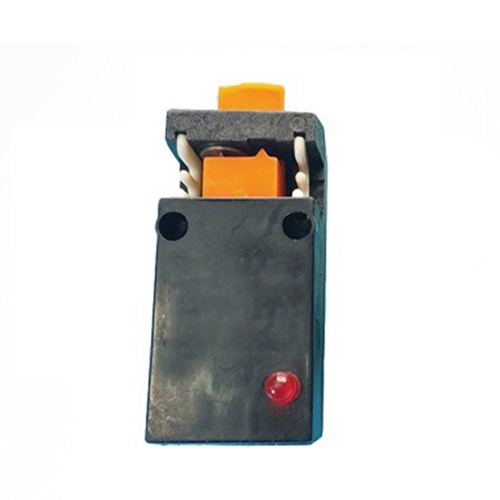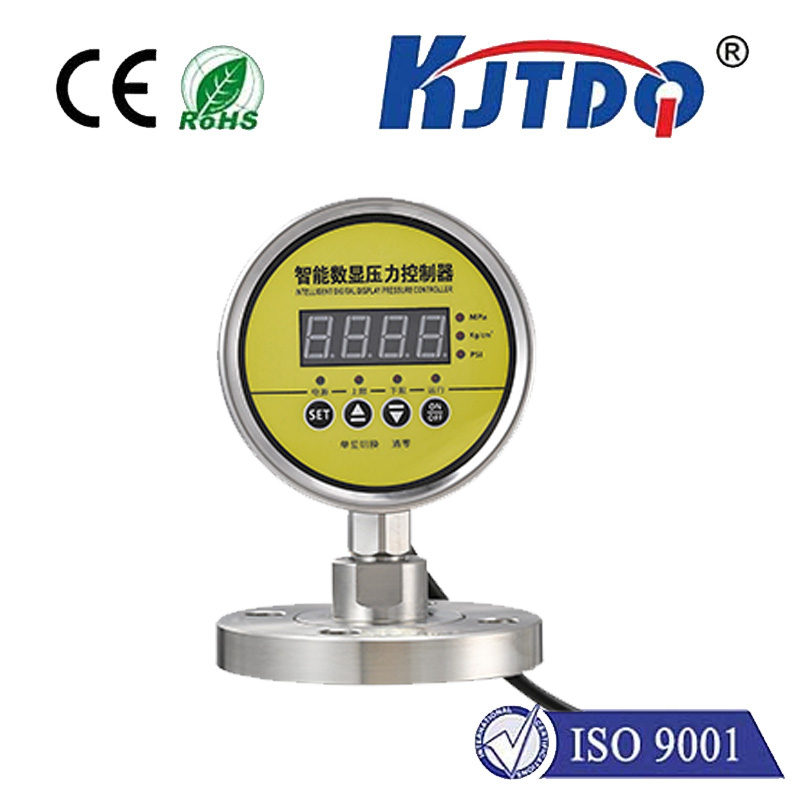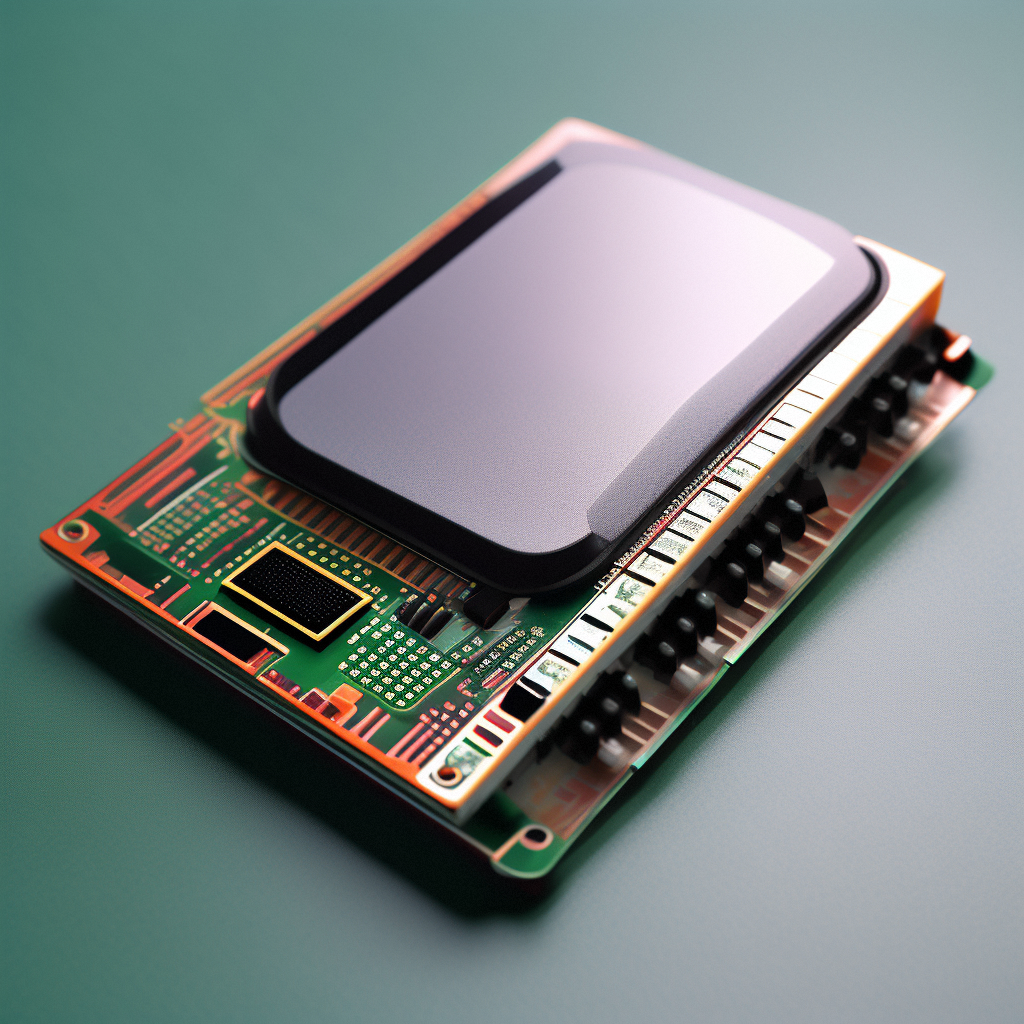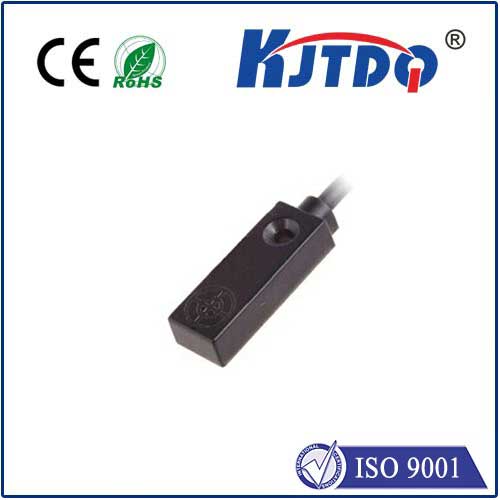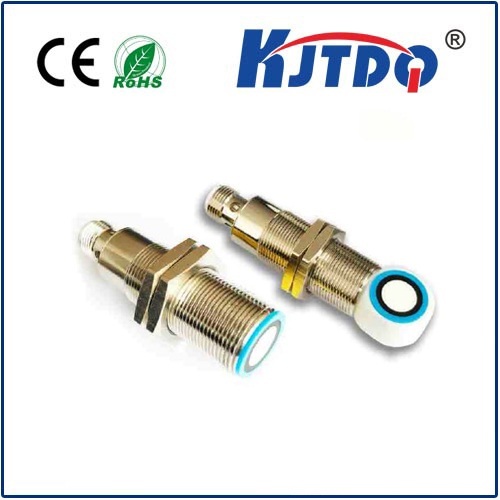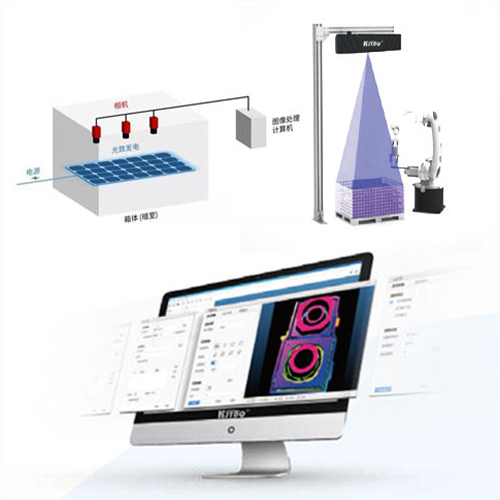magnetic proximity sensor
- time:2025-06-12 18:13:12
- Click:0
Unseen Guardians: How Magnetic Proximity Sensors Power Reliable Automation
Ever wondered how sophisticated machinery knows the precise position of components without physical contact? How elevators depart only when doors are securely shut, or industrial robots maneuver with pinpoint accuracy? Often, the silent sentinel enabling this reliability is the magnetic proximity sensor. These robust, non-contact devices are fundamental to modern automation, offering unparalleled durability and precision in detecting the presence or absence of ferrous objects.
Demystifying the Magnetic Proximity Sensor: Core Principles
At its heart, a magnetic proximity sensor detects the presence (proximity) of a ferromagnetic target – typically iron or steel – without any physical touch. It achieves this feat through the interaction of magnetic fields.
The essential components involve a permanent magnet integrated within the sensor body and a magnetic field sensing element. The most common sensing technologies are:
- Reed Switch Technology: This older, yet still viable, method uses two thin, ferromagnetic reeds sealed within a glass tube filled with inert gas. When a strong enough magnetic field (from either the sensor’s internal magnet being influenced by a target or an external magnet) is present, the reeds magnetize, attract each other, and make contact, closing an electrical circuit.
- Hall Effect Technology: This modern and predominant type utilizes a semiconductor element (Hall element). When a magnetic field (B) passes perpendicularly through this element while an electric current (I) flows through it, it generates a voltage (V_H) perpendicular to both I and B (the Hall Effect). This voltage change is detected and processed by electronic circuitry to signal target presence.
How It Works in Practice

Imagine the sensor is mounted near a moving machine part made of steel. When the ferrous target approaches the sensor face:
- The target enters the magnetic field generated by the sensor’s internal permanent magnet.
- This interaction distorts the magnetic flux field around the sensor. The ferrous material acts as a “magnetic conductor,” effectively pulling the magnetic field lines towards itself.
- This distortion is detected by the sensor’s internal element (reed switch or Hall element).
- The sensing element triggers a change in its electrical state (e.g., switch open/closed for reed; voltage level change for Hall).
- The sensor’s internal electronics (in Hall Effect sensors) process this change and output a clear signal – typically switching a load (like a relay or PLC input) to “ON” (target present) or “OFF” (target absent).
Why Choose Magnetic Proximity Sensors? Key Advantages
Their widespread adoption stems from several compelling advantages over other sensing technologies like inductive or capacitive sensors:
- Non-Contact Operation: Eliminates mechanical wear and tear, leading to exceptionally long service life and virtually maintenance-free operation.
- Robustness: Sealed housings (often IP67 or higher) make them highly resistant to dust, dirt, oil, water, and vibration – ideal for harsh industrial environments.
- Speed: Capable of detecting very fast-moving objects due to their solid-state nature (especially Hall Effect), with high switching frequencies.
- Target Independence: The output signal depends solely on the presence of the magnetic field interaction caused by a ferrous target. Unlike inductive sensors, performance is generally unaffected by non-metallic contaminants like water, dust, or oil film on the target surface. They also work effectively where targets may have slight variations in surface finish or minor coatings.
- Reliability: Simple operating principle translates into highly dependable operation with minimal false triggering.
- Position Sensing: Can reliably detect the position of objects like pistons (using a magnet embedded within the piston), cylinder rods, or valve spools, even through non-magnetic materials like aluminum or plastic housings. This makes them ideal for hydraulic cylinder position detection.
Critical Applications: Where They Shine
The unique strengths of magnetic proximity sensors make them indispensable across diverse sectors:
- Factory Automation & Machinery: Position detection of cylinders, end stops, clamps, slides, rotating parts (gear teeth), conveyor pallets, and safety door interlocks. Monitoring valve positions.
- Material Handling & Logistics: Detecting the position of lifts, elevators (door closure), automated guided vehicles (AGVs), and sorting systems.
- Automotive Manufacturing: Precision assembly line positioning, robotic arm guidance, and component presence verification within paint shops (where robustness is key).
- Mobile Machinery & Agriculture: Monitoring hydraulic cylinder extension/retraction on excavators, loaders, tractors, and harvesters. Detecting boom position or implement status.
- Safety Systems: Used as part of safety interlocks on guards and doors to ensure machinery only operates when access is secure.
- White Goods & Appliances: Detecting door closure on washing machines, dryers, and dishwashers reliably, even in damp conditions.
Selecting the Right Sensor: Key Considerations
To ensure optimal performance, several factors need careful evaluation during magnetic proximity sensor selection:
- Sensing Distance: The rated operating distance (
Sn) specifies the nominal distance at which a standard target will reliably trigger the sensor. Always derate this value (use 50-80% of Sn) for real-world reliability and account for mounting tolerances.
- Target Material & Size: Requires ferrous material (steel, iron). The target must be large enough and thick enough to adequately disturb the sensor’s magnetic field. Small or thin targets may require reduced sensing distance or specific sensors designed for such applications.
- Switching Output: Choose between NPN (sinking) or PNP (sourcing) transistor outputs (common for Hall Effect), or relay contacts (common for reed switches), based on your control system requirements (e.g., PLC input type). Consider Normally Open (NO) vs. Normally Closed (NC) configurations.
- Housing Material & Form Factor: Brass, nickel-plated brass, or stainless steel housings offer superior chemical and mechanical resistance. Cylindrical (e.g., M8, M12, M18, M30) and rectangular/block styles are common. Choose based on available mounting space.
- Electrical Connection: Options include pre-wired cables (PVC or PUR sheathed for flexibility/oil resistance), or quick-disconnect M12 connectors.
- Environmental Ratings: The IP (Ingress Protection) rating (e.g., IP67, IP69K) is critical for operation in wet, dusty, or washdown environments. Consider temperature range and resistance to chemicals if applicable.
- Operating Voltage: Ensure compatibility with the DC supply voltage available (commonly 10-30V DC).
Engineered for Reliability: The Unseen Workhorse
Magnetic proximity sensors are a testament to elegant engineering solving core industrial challenges. Their non-contact operation and exceptional resilience make them the go-to solution for countless position sensing tasks where traditional methods would falter under dirt, moisture, vibration, or simply wear out. By providing a robust, maintenance-free signal indicating the precise location of ferrous components, often through barriers where other sensors fail, they are indispensable guardians of efficiency and safety within automated systems. Whether monitoring a hydraulic cylinder deep within a machine or ensuring an elevator door is safe, the magnetic proximity sensor delivers silent, unwavering reliability, forming an invisible yet critical layer of modern control systems. Selecting the right sensor requires careful attention to application specifics, but the payoff in performance and longevity is undeniable.












